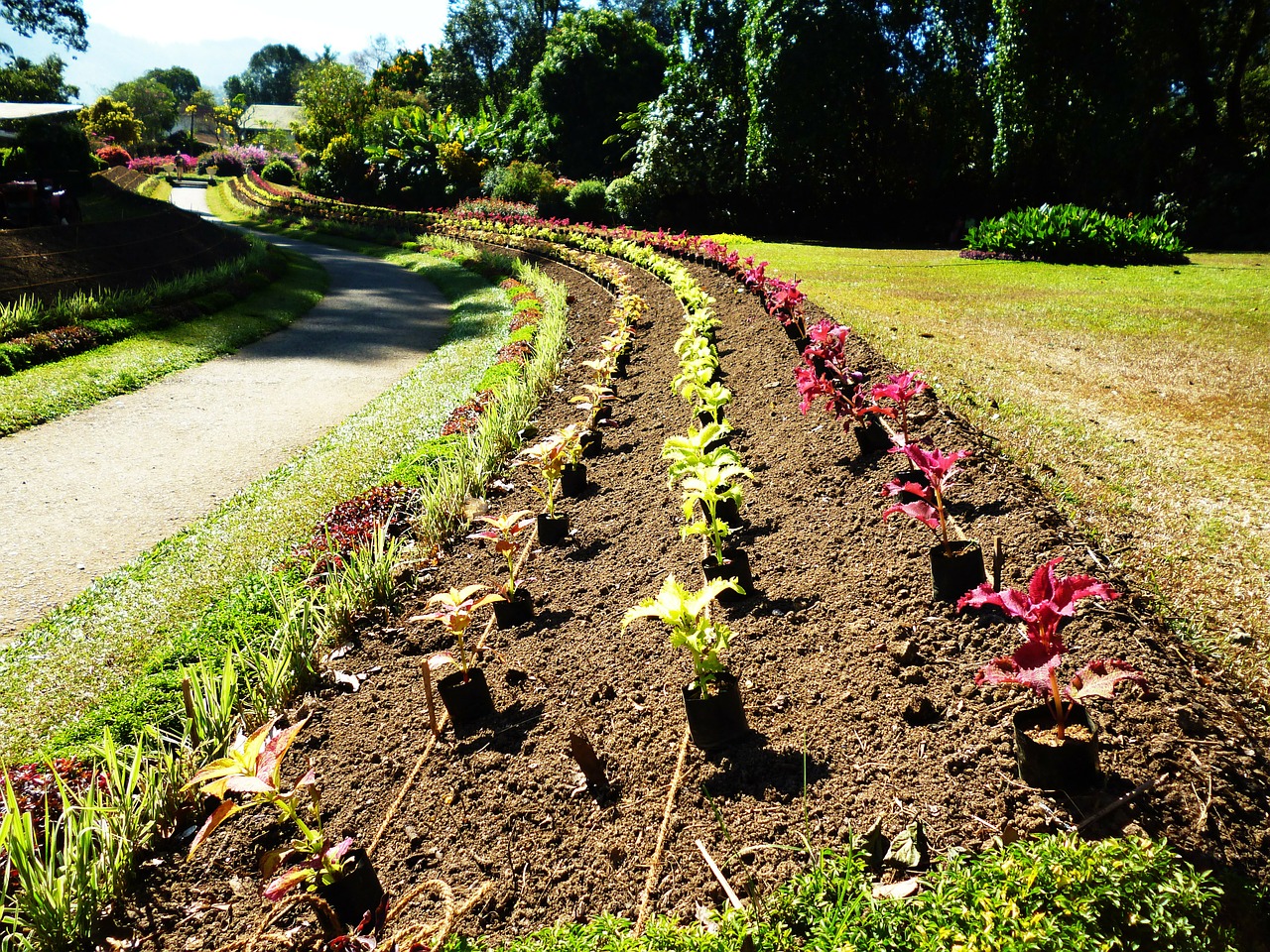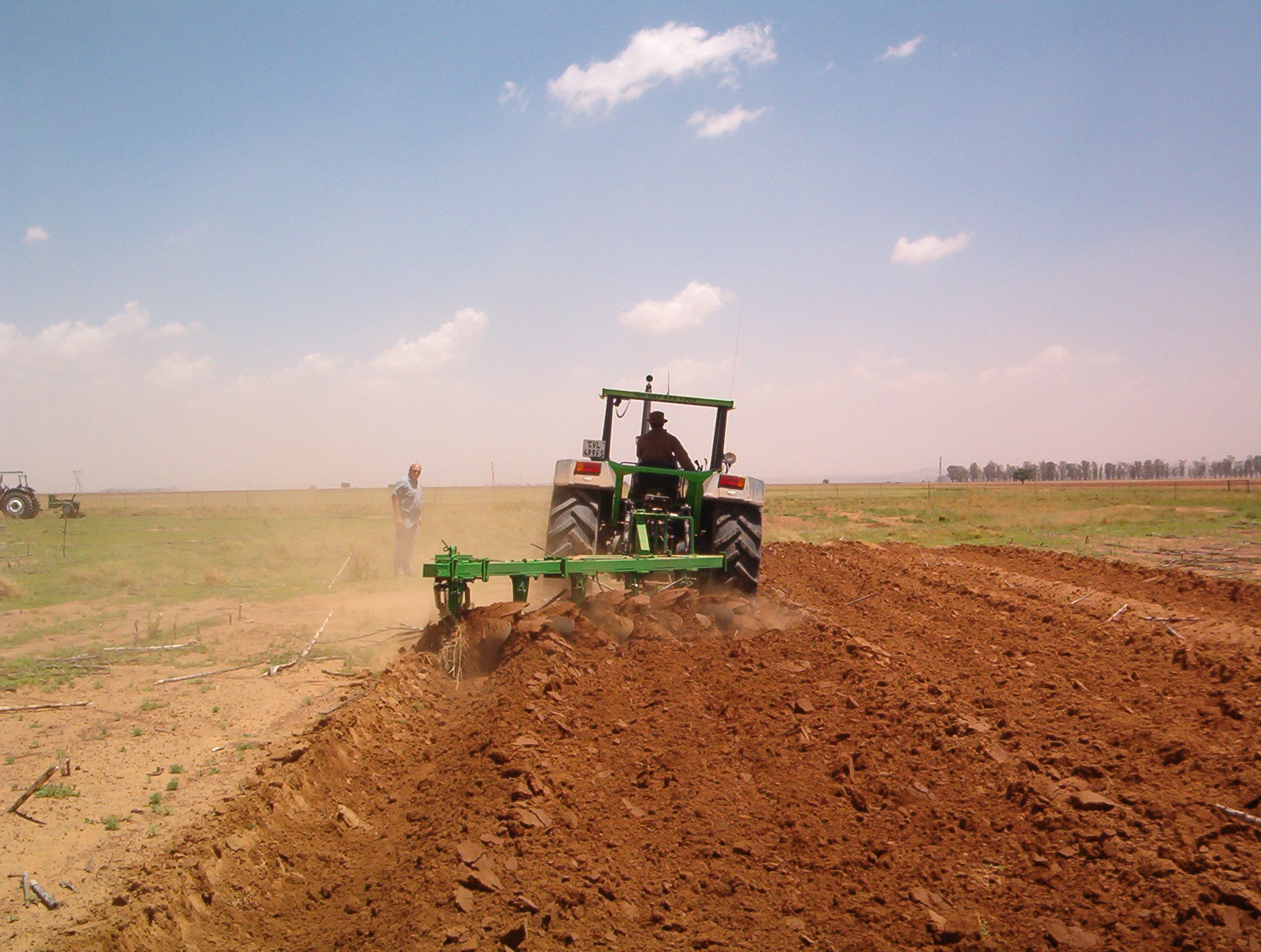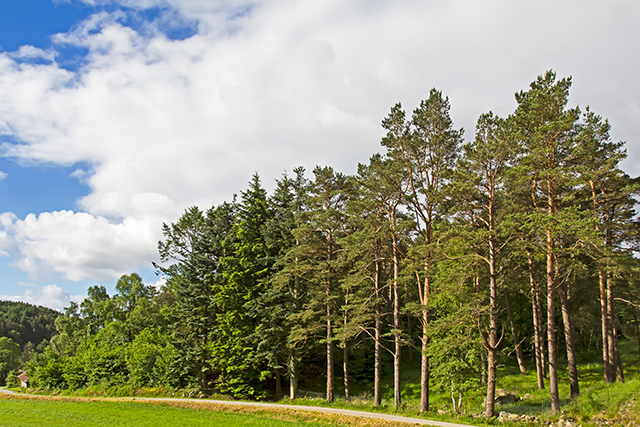Contrary to popular belief, starting a flower bed from scratch is not that difficult. To be sure, a little planning and forethought is needed, but it isn’t the Herculean task everyone makes it to be. Do-it-yourselfers can immediately change the appearance of their homes with this simple guide. Even those who have questionable gardening skills can make a flower bed quite easily. Flower beds can be planted any way you like: raised, flat, big, small, whatever. These beds can be changed over time or as space permits.
The process
Location, location, location. This is not only the mantra for real estate agents but of gardeners as well. Location is key in yielding the best, most flourishing flowers. Walk around your garden and note spots that are directly exposed to sunlight, wind, and other environmental factors. Pay attention to any underground utility lines and where the nearest water source is. What flowers are you planning on growing? Remember that some varieties like the sun, while others prefer the shade.
Before starting, make a sketch of how you want the size and shape of your flower bed to be. Use a hose or flour to mark out the shape of the bed. If you’re planning on building a raised bed, determine the type and amount of edging material you will need.
Once this is finished, you are ready to begin. The first thing to accomplish is to remove all grass. There are several ways to do this. Organic gardeners recommend laying newspapers to kill the grass. The layers of newspapers needs to be thick, around 10 sheets’ worth. You would then need to overlap each 10-sheet stack with adjacent stacks by a few inches in both directions. Spray the stacks with water until they are fully saturated. Apply around six to 10 inches worth of mulch on top of the newspaper. This method usually takes around a season to effectively remove all the grass.
If you choose to dig out the grass, use a flat shovel. Dig down about four to five inches around the perimeter of your bed. This includes areas inside the bed. Once this is done, carefully lift the sod off. Clear any debris and loosen the soil, working in organic matter as you go.
As much as possible, avoid using herbicides. These are harmful and can affect the growth of your flowers.
Raised beds
Plants and vegetables thrive in raised beds due to it having a better drainage system. Gardeners recommend making a raised flower bed if you’re planning on growing sensitive and gentle blooms. Despite taking a little more effort than the traditional flower bed, a raised bed is better suited for novice gardeners.
Raised beds are the most productive when they are set into a shallow trench. The sides can be made from any almost durable material like rock, brick, logs, or interlocking blocks. You may even opt for claw-foot tubs or water troughs, as long as they have the capacity and drainage. If you are designing your raised bed with lumber, avoid wood preserved with toxins. Build each wall separately, fasten them together, then place the bed into position. Sink posts into the ground for better stability, either at the inside corner of the bed or halfway along the sides.
Most raised beds measure around 3 x 6 feet. The ideal height would be one to two feet tall. Do not fill the entire bed with dirt; include some peat moss or compost. Level the soil with a 2 x 4 before planting. This will make sowing all the more easier. Gardeners recommend building several such beds to rotate sowing and have year-long yield.
Take note that the sides of raised beds heat quite fast so it is a good idea to invest in a good watering or spraying system. Irrigation is crucial to delivering water evenly, and using a timer may be a good idea. With a little planning and a bit of labor, you can have and enjoy a garden all year long.
Sources include:
GardeningKnowHow.com
RodalesOrganicLife.com
TheSpruce.com
PopularMechanics.com





















